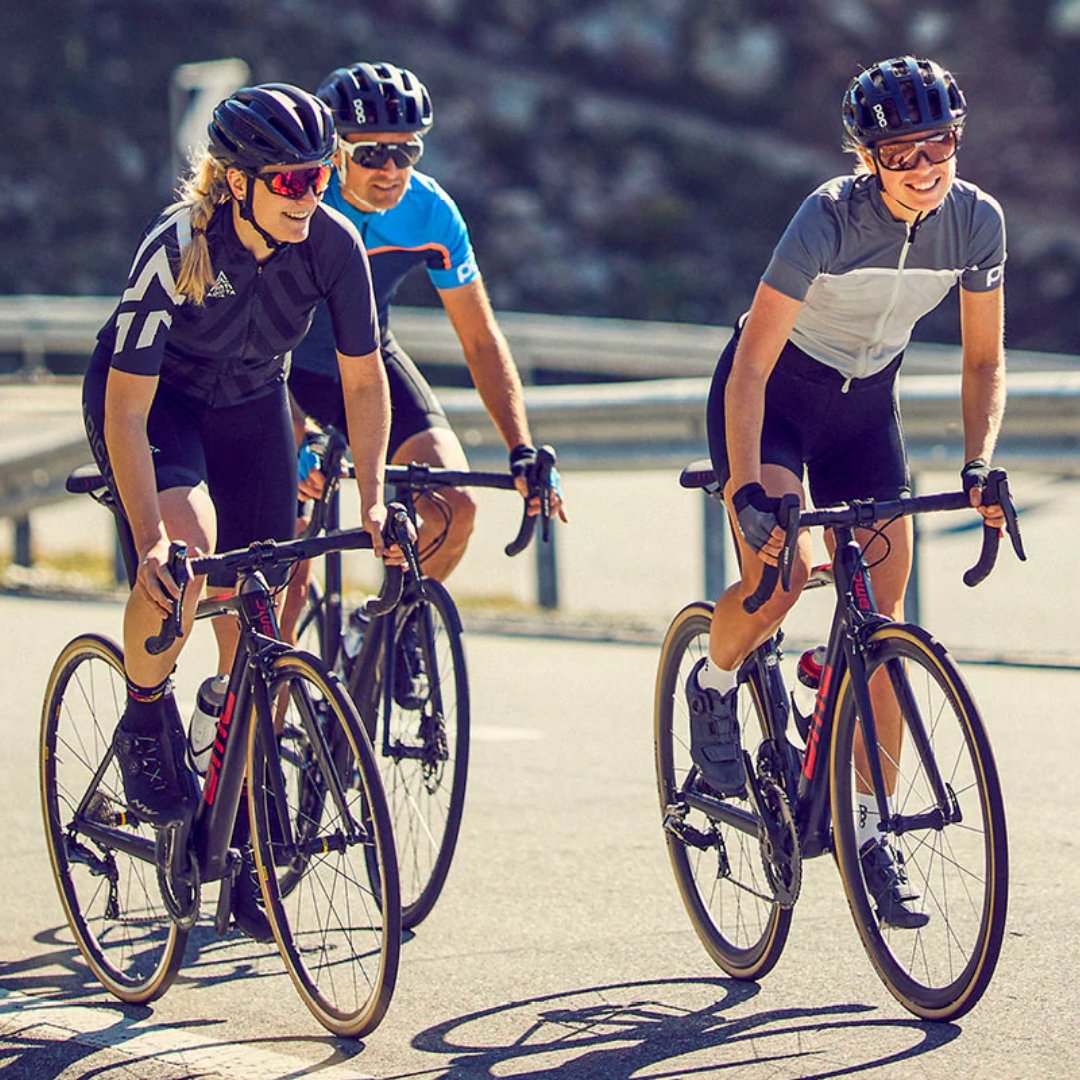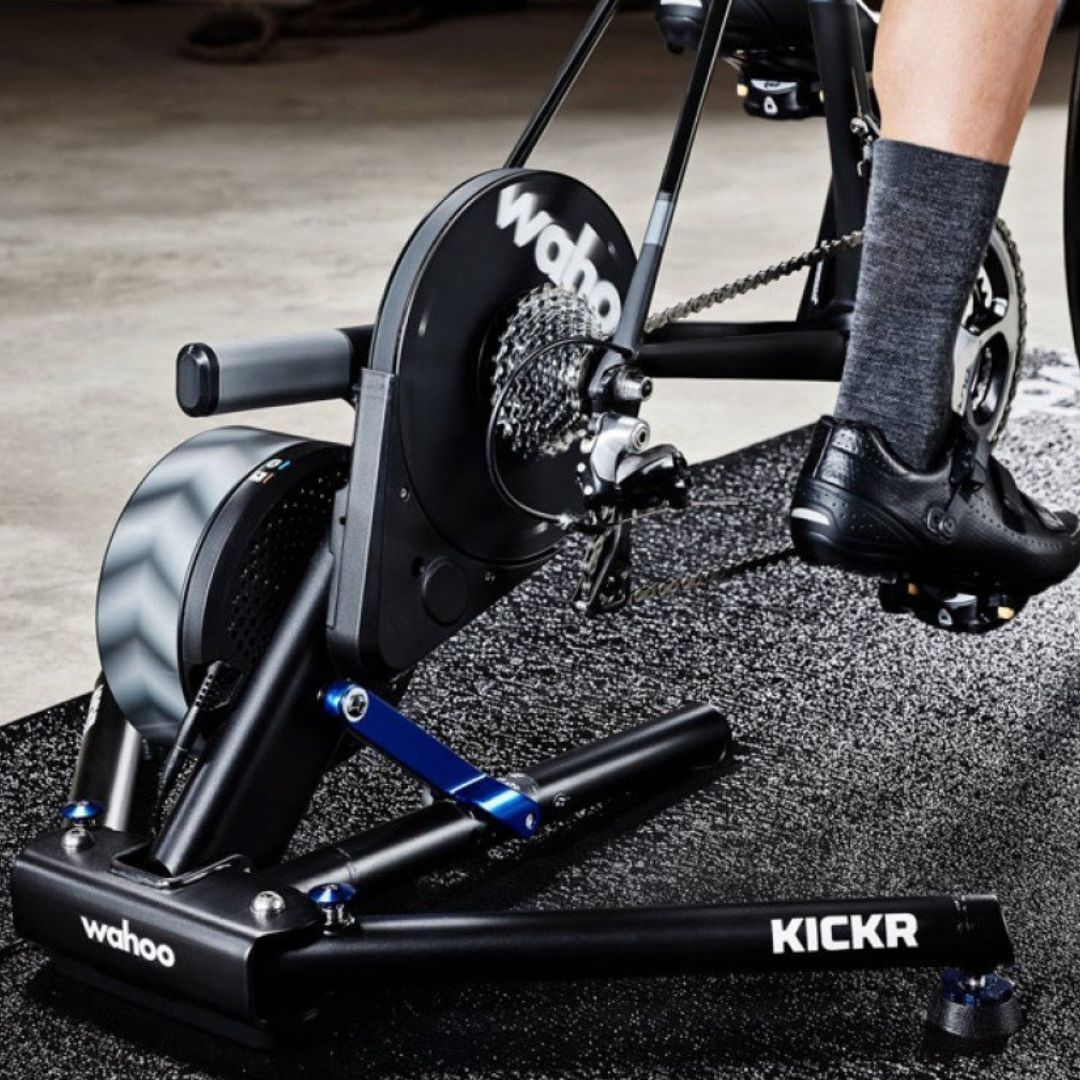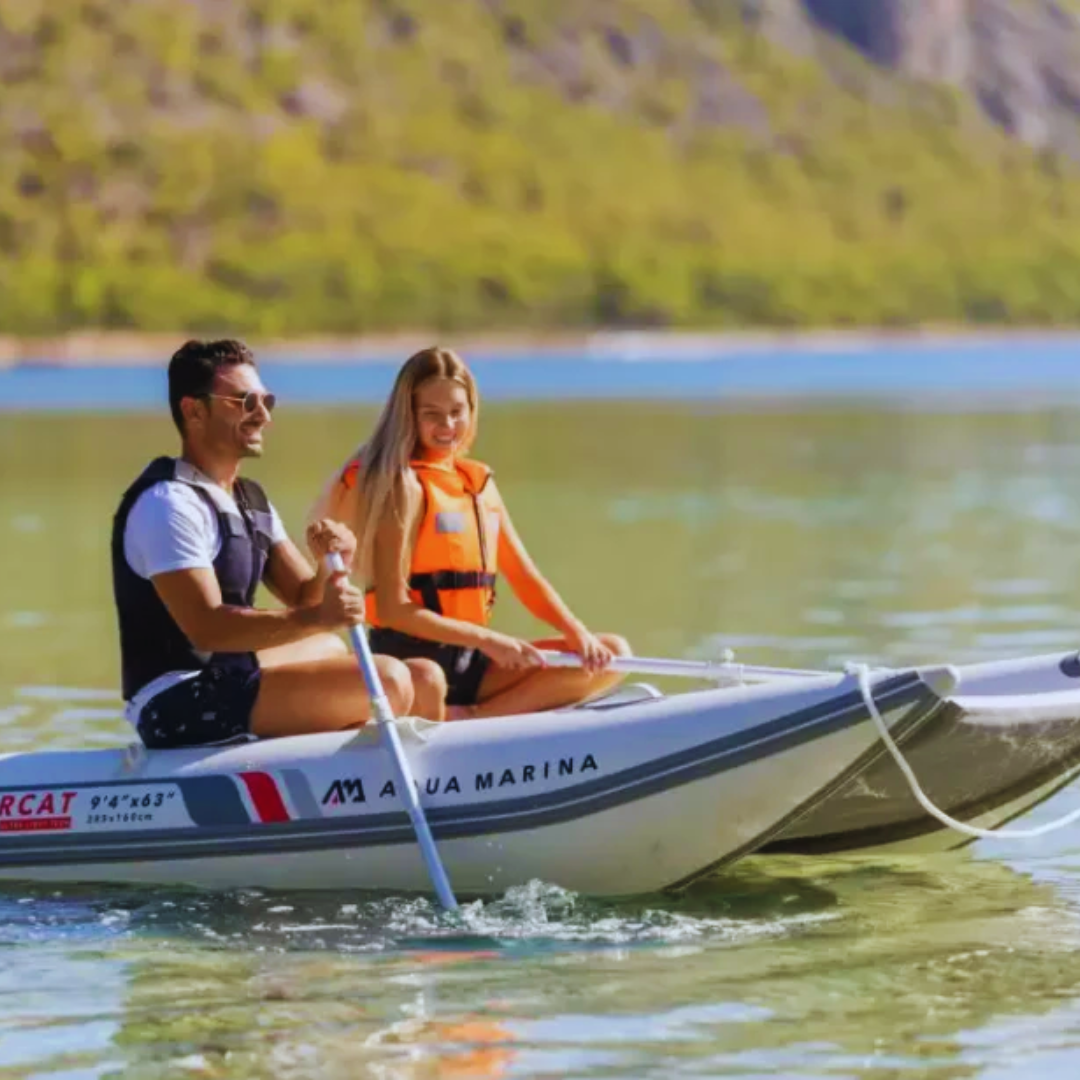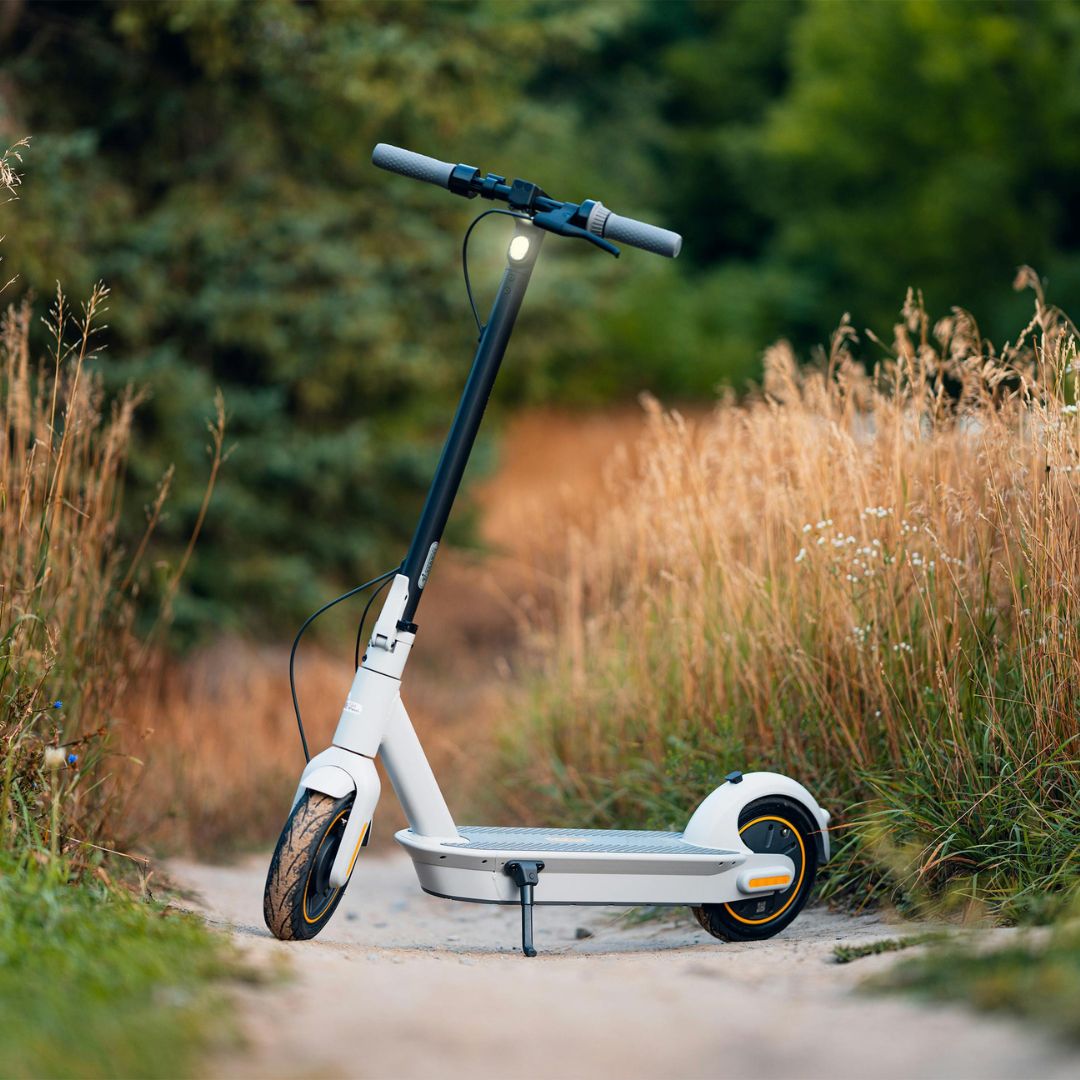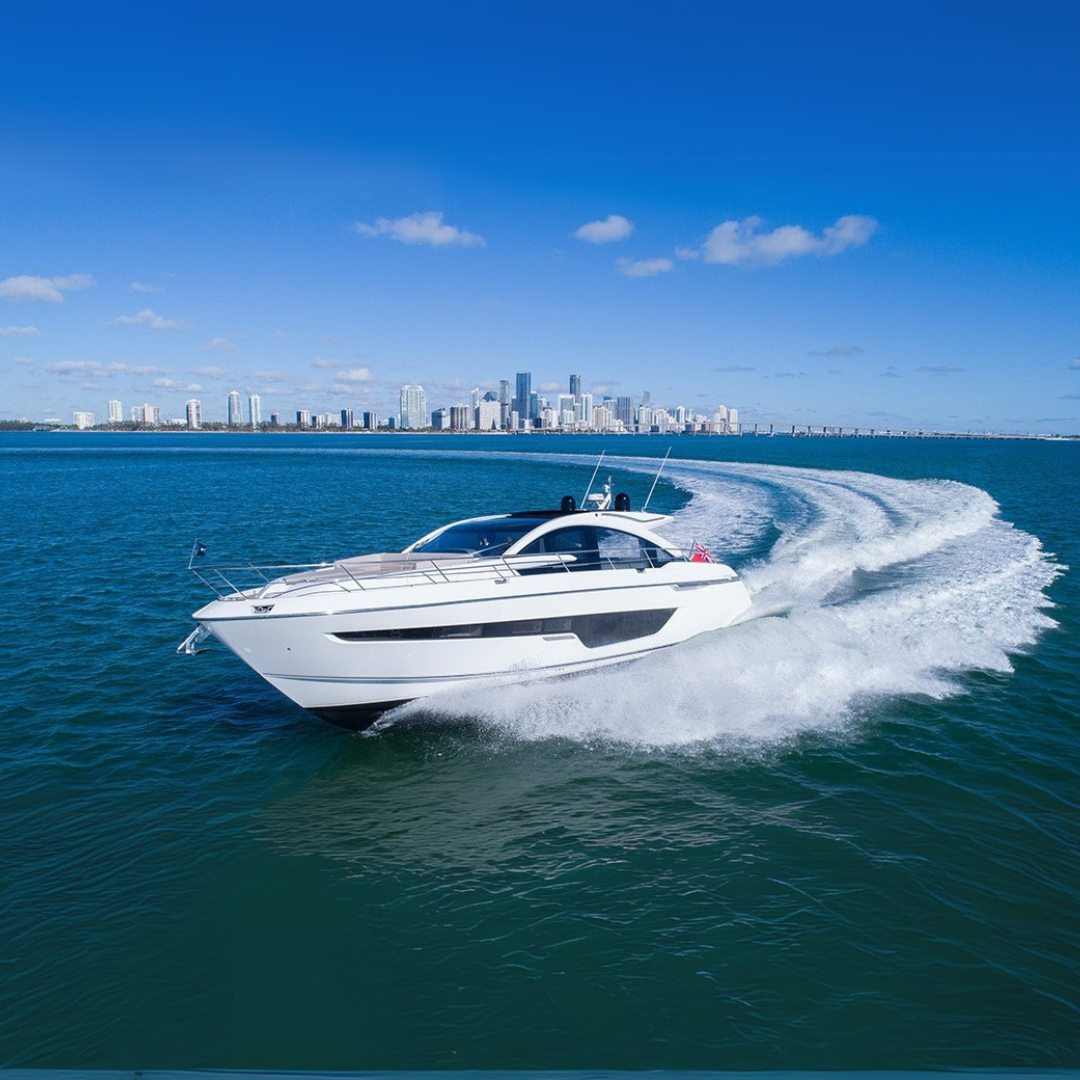How to Practice Standing on a Paddle Board for Beginners: A Realistic Guide
So, you've decided to take up paddle boarding. Awesome choice! Paddle boarding is a fantastic way to enjoy the water, get some exercise, and even find a bit of zen. But before you can glide gracefully across the water, there's one key skill you need to master: standing up. It can be tricky at first, but don't worry, with a bit of practice and patience, you'll be standing like a pro. Here's a realistic, step-by-step guide to help you get started.

Step 1: Choose the Right Board
Before you even hit the water, it's important to have the right equipment. As a beginner, look for a board that is wide and stable. Boards that are at least 32 inches wide and 10-12 feet long are typically easier to balance on. Inflatable boards can be great for beginners because they tend to be more stable and forgiving.
Step 2: Start in Calm Waters
Find a spot with calm, shallow water. A small lake or a quiet bay is ideal. Avoid areas with strong currents or heavy boat traffic while you’re learning. The fewer distractions and obstacles, the better.
Step 3: Get Comfortable on Your Knees
Begin by paddling on your knees. This helps you get a feel for the board and the water without the added challenge of standing up. Here’s what to do:
- Position the Board: Place the board in the water so it’s floating freely.
- Climb On: From a shallow area, climb onto the board from the side, positioning yourself near the middle.
- Kneel Down: Start by kneeling just behind the center handle of the board. Your knees should be about shoulder-width apart.
Spend some time paddling around on your knees to get comfortable with how the board responds to your movements.
Step 4: Transition to Standing
Now comes the moment of truth: standing up. Take it slow and follow these steps:
- Start in a Kneeling Position: Get back to your knees if you’ve been sitting.
- Hold the Paddle: Place the paddle across the board in front of you, gripping it with both hands for balance.
- Move One Foot at a Time: Slowly move one foot forward, placing it where your knee was. Then do the same with the other foot. You should now be in a low squat.
- Stand Up Slowly: Gradually start to stand up, keeping your knees bent and your weight centered over the board. Don’t rush – take it step by step.
- Find Your Balance: Once standing, keep your feet parallel and about shoulder-width apart. Look at the horizon to help maintain your balance, and keep your knees slightly bent.
Step 5: Practice Balancing
Standing up is just the beginning. Staying up requires some practice:
- Stay Loose: Keep your knees bent and your body relaxed. This helps absorb the motion of the water and keeps you more stable.
- Engage Your Core: Your core muscles are key to maintaining balance. Engage them to help steady yourself.
- Use Small Movements: Avoid big, sudden movements. Small shifts in your weight are usually all that’s needed to stay balanced.
Step 6: Practice Falling (and Getting Back Up)
Yes, you will fall. And that's okay! Falling is part of the learning process. Here's how to fall safely and get back up:
- Fall Away from the Board: If you feel yourself losing balance, try to fall away from the board to avoid hitting it.
- Climb Back On: Use the center handle to pull yourself back onto the board. Get back to your knees first, then try standing again.
Step 7: Keep Practicing
Like any new skill, practice makes perfect. The more time you spend on your paddle board, the more comfortable you'll become. Try to get out on the water regularly, and don’t get discouraged if it takes a while to get the hang of it.
Final Tips
- Wear a Life Jacket: Safety first! Always wear a life jacket, especially when you’re just starting out.
- Check the Weather: Avoid windy or choppy conditions until you’re more confident in your skills.
- Stay Positive: Paddle boarding can be challenging at first, but with a positive attitude and persistence, you'll improve steadily.


